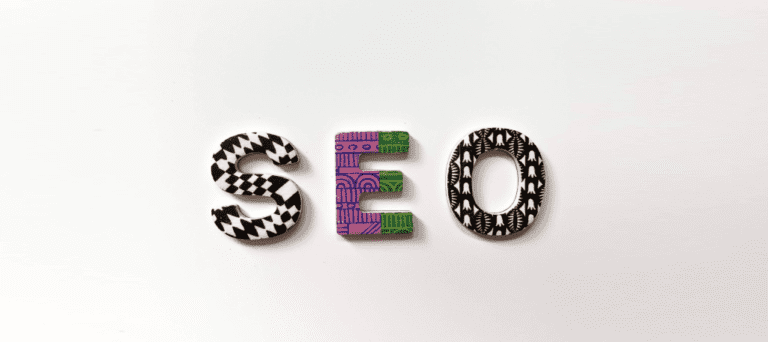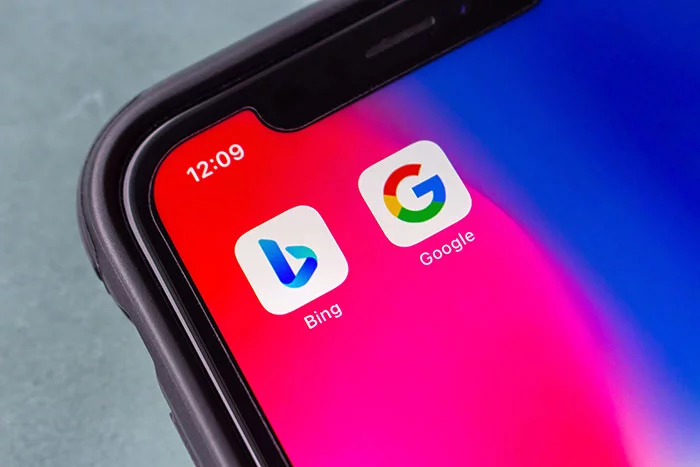WebDev And Common SEO Mistakes To Watch Out For

There’s no denying it: in every aspect of our lives, the Internet has arrived, taken hold, and is here to stay.
This couldn’t be truer for those in the business of selling— brands and businesses that have migrated their operations online fully to support on-ground selling. If, in the past, the requirement was just to showcase your offerings to your customers on a snazzy new website or via a clever email mailing list, today it’s all about having the best digital marketing tools, the best tech, the best art, and the best teams that work together to prove that your brand can truly thrive in the 21st century.
In the process of establishing a robust online presence, there are two things brands should never overlook: strong SEO strategy and smart website design.
SEO, having so much to do with visibility in the right online platforms and in building credibility and authority, is no longer just an option. Brands that fail to invest in SEO strategies miss out on golden opportunities and are sure to lag behind competition.
The same can be said for brands that neglect creating a great website experience.
Maximize the flexibility of a website; it’s your chance to show off everything in your catalogue in the most creative and engaging ways. Never underestimate how your brand’s “home” on the Internet can either make customers seek you out time and time again, or repel them.
Taken together, the combined influence of proper SEO strat and website design can hold the power to make your brand a leader and competitors simply players in a game of catch-up.
To guide brands that are developing or updating their SEO and website design, this article provides examples of common problems encountered in the process and effective solutions for each one.
Failing to understand your audience’s voice
One of the goals of good SEO is figuring out what keywords and phrases your customers use to find your products and services online. The only way to do this successfully is if you know your audience’s voice; take the time to learn how they talk about your brand, the language they use to describe what you sell, and the qualities they associate or look for when it comes to your products and services. It’s the only way for your brand to know how to present itself online in ways that match and appeal to what your customer is looking for.
When you find the prime combination of SEO keywords and phrases, what then? Craft your content strategy and include them in your website and social media platforms generously; use them in your blogs, product and image descriptions, URLs, page titles, and meta descriptions.
Not maximizing the optimization of images
Here’s a problem that happens all too frequently: brands forgetting to apply SEO strategy in their images. Brands can focus so much on appearing at the top of search engine results pages that they fail to consider that image searches are just as important.
Apply SEO in your images that appear in your website or social media by using the right file names; use the right keywords and phrases described above (i.e.: those that reflect your audience’s voice) and that increase the chances that your customers find their way to you.
Not using meta tags properly
Meta tags in SEO basically help search engines determine if your website is a good match for what people are looking for. Think of the one-sentence descriptions that appear underneath links when you search for something on Google; those descriptions often contain keywords that help tell you, as a customer, within seconds if a link is worth clicking or not because it may or may not have the information you need.
The absence of meta tags can mean one of two things: either you don’t give search engines what they need to know for your website to be recommended so you don’t appear in searches at all, or your meta tags are inaccurate, and you end up being recommended to the wrong audience looking for totally different things.
Not organizing headers to be SEO-friendly
If you’ve ever worked on the back end of a website, you’ll know that each page has headers. Different headers pertain to the page’s title, description, its actual content, and so on. SEO keywords and phrases must appear in the very first header (H1) and should ideally be mentioned in those that follow. Meeting the quota for proper use of SEO keywords and phrases in each header helps convince search engines that your website contains relevant material.
Dissolving your old website too soon
Brands that migrate websites or create completely new ones might not realize that keeping their old one for reference is critical. The old website provides a sort of blueprint for what has worked before; if the website encounters glitches, the old one can help sort them out. More so, it’s an easy juxtaposition of features and functionality. Comparing an old and new website side by side can reveal what kind of refinements are necessary to improve overall user experience.
Without an old website to go back to, brands deprive themselves of an easy and accessible way to build on past successes.
Prioritizing aesthetics over functionality
Never trade user experience for aesthetics. Your website may be the most beautiful there is, but it serves no real purpose if all it is is a work of art that is difficult and confusing for customers to use. Functionality is just as important as looks. Know that there are design specialists that train to learn exactly what kinds of visual and textual styles communicate your brand’s personality online while still making a platform usable and useful. Work closely with them to optimize your website in the right way. [If you haven’t watched it yet, check out this Truelogic DX Webinar on Championing User Experience with UI/UX Expert Denise Haak.
And speaking of optimization, don’t forget that websites must be designed to be mobile-friendly, if not already mobile-first. They must make sense on both desktop and mobile for you to reap their full value.
Broken or inefficient website links
There’s nothing more annoying to an online customer than visiting a website only to encounter one broken link after another. This is a huge snag in their shopping or information gathering experience, and if not addressed promptly, they’ll eventually associate your brand with slow, inefficient service.
There are two common link errors to watch out for.
The first is broken links (think about “bad gateway” or 404 errors). Broken links lead to web pages that might not exist or those that cannot be accessed by the public.
The second is inefficient redirect links which are often utilized if you had an old website and are still promoting your new one. What happens is customers that visit your old website are literally redirected to your new one via a link. All it should take is one link and a few seconds of waiting to get to the right webpage. It’s a mistake to make customers click on a link, that leads to another link, and then to even more links. Make it as easy and automatic for them as possible.
Overlooking website security
Secure e-commerce is part and parcel of a positive shopping experience on the Internet. You are, after all, asking for credit card details, emails, passwords, and addresses when making a sale, so it’s only fair that you provide customers confidence in knowing that their information will be stored properly.
Web pages that don’t have sufficient security protocols are susceptible to hacking attempts, malicious phishing software, and data leaks. When developing a website, never scrimp on investing in digital security and privacy tools. All it takes is one security lapse for customers to completely lose trust in your brand.
Forgetting to inform search engines of changes you made
Yes, you’ll have to inform search engines of changes you’ve made to your website. Revamping an existing website or moving to a totally new one requires you to give a search engine a heads up so that it knows to adjust your digital address in their records. Also always remember to have a regular check in with your SEO company to make sure you’re on the right track.
As some final thoughts for this topic, it also pays to be in constant improvement mode. That is, don’t wait for SEO keywords and phrases to become obsolete or a website to become dated for you to act. This is one of the few times when the phrase “if it ain’t broke, don’t fix it” doesn’t apply.
When it comes to online business, always being two steps ahead works. Canvas for tech advancements regularly and yes, even check out what competitors are getting right and learn from them.
In the end, keeping these things in mind and doing your own research for what could work for your brand can only make you wiser.






